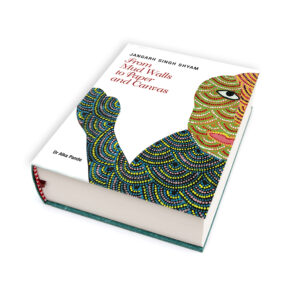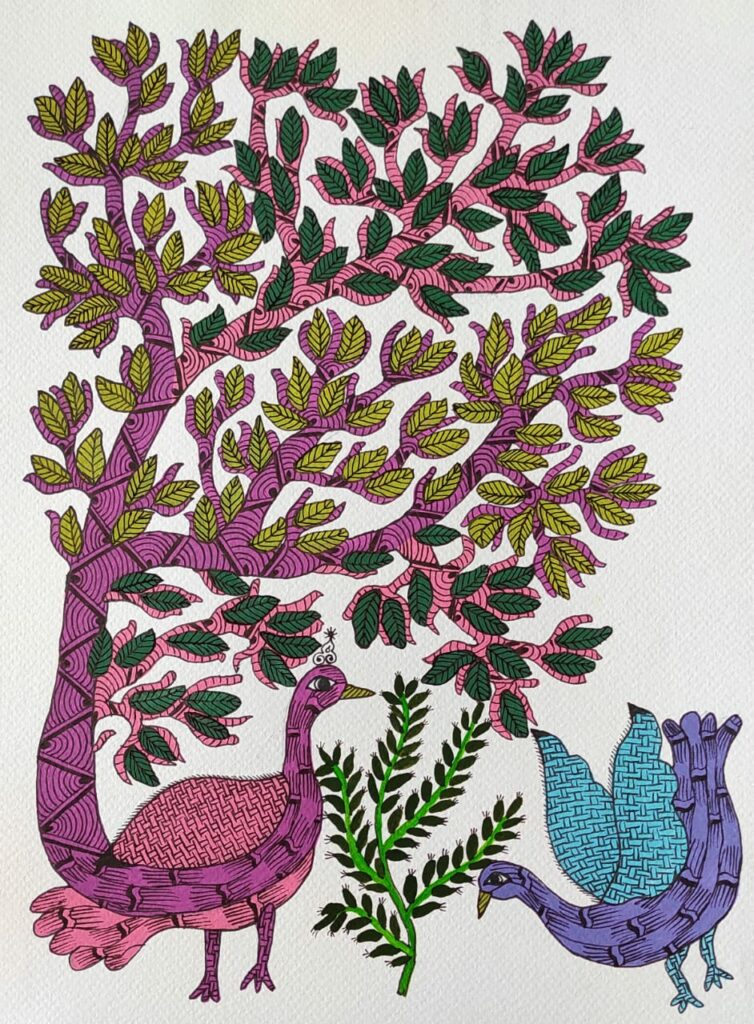 Indeasia Srijan - Online Handicrafts
Indeasia Srijan - Online HandicraftsBlog
Sawan- A Holy Month of Lord Shiva India is a land of rich and diverse cultural heritage and traditions. Most of the festivals in India are related to the different seasons. Shrawan or Sawan, as per Hindu traditions, refers to an auspicious month during the rainy season, which falls after the month of Ashadh. The Hindus devote the entire month to the worship of Lord Shiva and seek His blessings. This year the month of Sawan starts from 26th of July. At times there is a confusion regarding the actual date of commencement of the Hindu Months. A difference of fifteen days can be explained in terms of different Calendars based respectively upon solar or lunar cycles. Even the dates of the lunar calendars differ depending upon the calculation based on full-moon or new moon. The full-moon or Purnimanta calendar, for example, commences fifteen days before the Amanta calendar. The north-Indian states like Rajasthan, Uttar Pradesh, Madhya Pradesh, Himachal Pradesh, Punjab, Uttarakhand, Chhattisgarh, Bihar, Jharkhand etc. usually follow the Purnimanta calendar, whereas the South Indian states of Andhra Pradesh, Telangana, Goa, Maharashtra, Gujrat, Karnatka and Tamil Nadu etc. follow the Amanta Calendar. Interestingly, in Nepal and in parts of Uttarakhand and Himachal Pradesh, the solar calendar is followed. Hence, the dates of festivities differ in these regions. Each day of the Sawan month is considered very auspicious by the devotees who observe fast. In particular, every Monday the devotees offer holy water (Jal Abhishek) to Lord Shiva in temples to seek His blessings. Traditionally, the devotees take pilgrimage to fetch water from various holy rivers near their locality for the Jal Abhishek of their favorite God. For that, they carry small pots in a Kaanwar – a specially made and highly decorated holder usually made of bamboo – which they carry on their shoulders. Such devotees, thus, are known as Kaanwaria. At times they travel to far off places like Haridwar, Gaumukh and Gangotri in Uttarakhand and Sultanganj in Bihar to fetch holy water of the river Ganges. Kaanwar Yatra is widely popular in the northern and eastern part of India. There is a long trail of devotees chanting Bol-Bam and singing Shiva bhajans in praise of Lord Shiva. These days the state administration, in association with volunteer organizations, arrange for numerous resting places and foods points along the route of the Kaanwar Yatra for the devotees. For the convenience of the commuters and Kaanwaria, the administration makes special arrangements for traffic management. Fasting Dates of Sawan: First Monday: July 26; Second Monday: August 2; Third Monday: August 9; Fourth Monday: August 16. Rainy season ushers into greenery which sets up the mood for festivity. A prominent festival of this season is Sawan Teej, popularly known as the Hariyali Teej. This festival holds the same significance as the Karwa Chauth because it is believed that Lord Shiva accepted Goddess Parvati as his wife on this day. On Hariyali Teej married women wear green coloured dresses and Bangles – a sign of blissful marriage, and celebrate by singing traditional songs, dancing and even organizing merry-swings. The Tuesdays of Shravan month are dedicated to the Goddess Parvati – the consort of Lord Shiva. Every Tuesday in the Shravan month, married women observe fast known as the Mangala Gauri Vrat. Some Do’s and Don’ts during Shravan month: Do’s
Don’ts
|
Global Journey Of Gond Art Every individual is bestowed with a unique ability to pursue his/her own interests which distinguishes him/her from the others. For example some have a great inclination towards the aspects of culture and tradition, whereas few find solace in collecting artifacts, paintings and books. Many of us are nature lovers too. What kind of interests do you pursue? Are you someone who would love to know and explore more about the lives of our indigenous people, their culture and their various art forms & crafts? Or, are you, in fact a practitioner of some art form and dream of achieving high and reach a place where you can be a role model for others? If so, then the book From Mud Walls to Paper and Canvas authored by Dr. Alka Pandey is a must read for you. The book succinctly narrates the untold story of the genius artist from a small village of central India who made an indelible impression with his art at ‘Magician’s of the Earth Exhibition’ at Pompidou Museum, Paris. He painted two enormous walls within a span of 24 hours and blew it up beyond scale. What he ended up with was actually an entire galaxy of ideas that he had represented on the walls, achieved through a brilliant mixture of color and themes. It was beyond belief for everyone.  You guessed it right! We are referring to the art form called Gond painting and, in particular, its pioneer Jangarh Singh Shyam (1962–2001). The Gond tribes used to draw freehand on the walls of the houses and originally used four different-colour muds found in the forest. Their paintings were integral to their occasions of festivity, rituals and day-to-day living. The women would go to the forest to collect these colours. Their ancestors drew on the walls and the floor of their huts in those villages amid the forests. The themes revolved around jungles and the tribal life done in a simple and neat way. Jangarh Singh Shyam gave a new meaning to the Gond painting and made it visible on international platforms. His patterns and colours were uniquely his own. He painted enchanted forests, majestic trees, magical snakes, birds, animals and everything he had come across in his early age. He experimented with new mediums including canvas and acrylic paints. The world celebrated his story-telling and unexpected shapes and colours – from simple ink drawings to ambitious large scale murals on iconic buildings. Since his first appearance at the Pompidou Museum in Paris, his work created a big buzz across art galleries all over the world until his shocking death in 2001. Jangarh typically used colored dots in his work and created an astonishing range of unprecedented effects. The bright and unconventional colours and textures in Jangarh’s artworks were distinctive of his style, which came to be known as the ‘Jangarh Kalam’. Through her book Dr. Alka Pandey pays a rich tribute to Jangarh. The book “ From Mud Wall to Paper And Canavas” elaborates upon the theme of Gond Art which basically uses lines and dots in an intriguing manner. The lines, in fact, are used in such a way that gives an idea of movement to the still images. The dots and dashes are added to further impart a greater sense of movement and to increase the amount of detail. Dr. Alka Pandey has been successful in providing a gripping narrative of both the  The book is divided into Four Sections. Section one deals with the specificities of the Indigenous Art forms and Culture of India. Section two introduces Janghar to the readers and discusses the turning point of the Master’s life and his destiny. In particular, his journey from a small village of India to Canberra, the capital of Australia, has been narrated. Section three is devoted to the rich heritage of the Gond art. In Section four, the legacy of Jangarh Singh Shyam gradually unfolds. I enjoyed the way the author has presented the narrative. The story inspired me a lot as it goes on to prove that human lives are like canvas enriched by all the colours of life. The distress and failures at different stages of life though temporarily shocks us, but, at the same time, also ushers into a new path or the new way of handling the brush of paint on our canvas.
|
